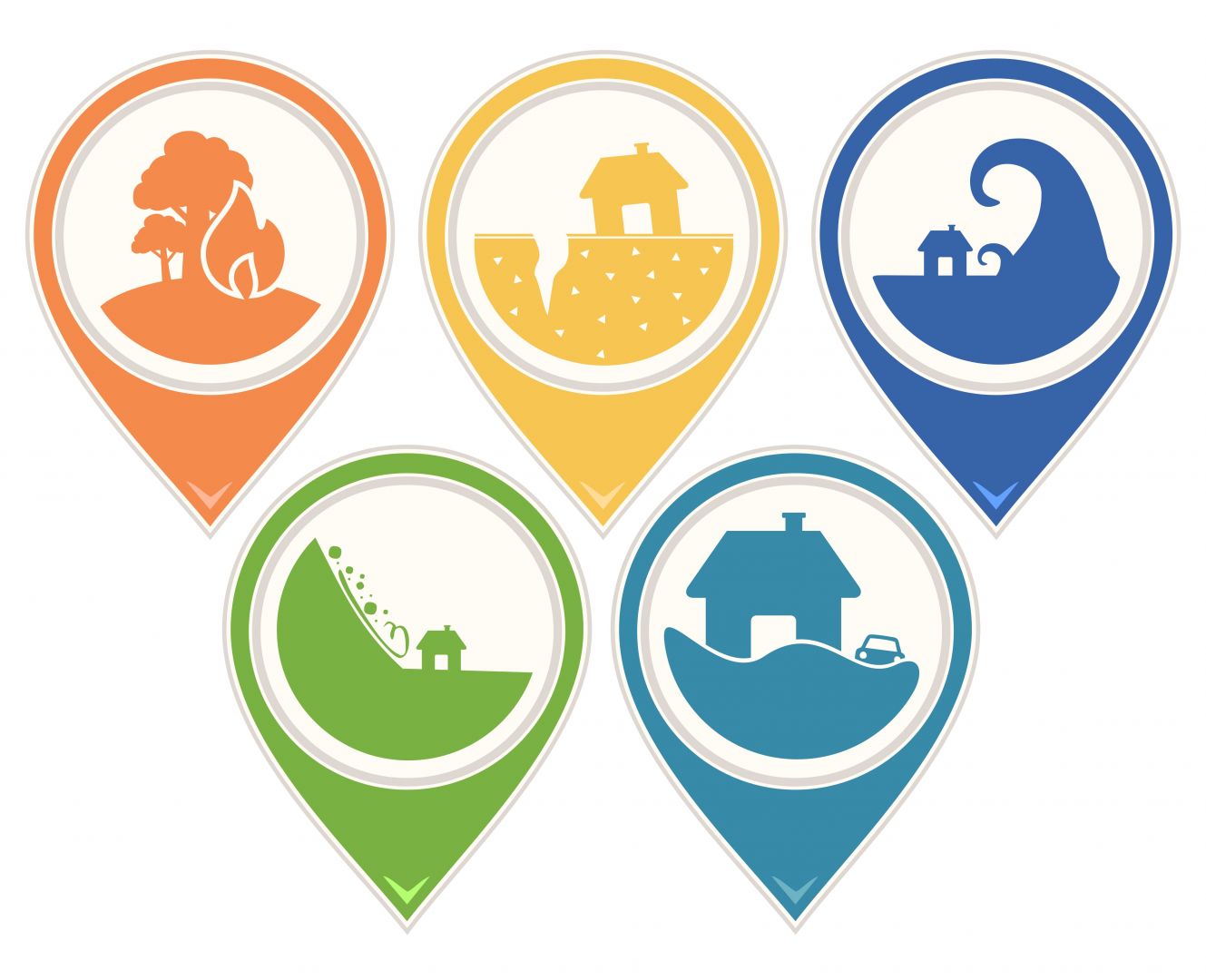Natural calamity insurance, also known as natural disaster insurance or catastrophe insurance, is a type of insurance that provides financial protection to individuals, businesses, and other entities against the financial losses caused by natural disasters.
The purpose of natural calamity insurance is to help policyholders recover financially after a catastrophic event. When a covered event occurs, the insurance company provides compensation or reimbursement for the losses incurred, which can include property damage, destruction of assets, loss of income, and additional expenses related to the disaster. This compensation can aid in repairing or rebuilding damaged properties, replacing lost belongings, and assisting with other recovery efforts.
Here are a few key points to understand about natural calamity insurance:
- Coverage: The coverage and specifics of natural calamity insurance policies can vary widely depending on the insurance provider and the policy terms. Some policies might cover only specific types of natural disasters, while others might offer more comprehensive coverage.
- Premiums: Policyholders pay premiums (regular payments) to the insurance company in exchange for coverage. The premium amount is determined by various factors, including the level of coverage, the location of the insured property (high-risk areas might have higher premiums), the type of disaster being covered, and the insured property’s value.
- Deductibles: Like other types of insurance, natural calamity insurance policies often have deductibles. A deductible is the initial amount that the policyholder must pay out of pocket before the insurance coverage kicks in. Higher deductibles often lead to lower premium costs, but the policyholder assumes more financial responsibility in the event of a claim.
- Exclusions: Insurance policies also have exclusions, which are events or circumstances that are not covered by the policy. It’s important for policyholders to thoroughly review the terms and conditions of their insurance policy to understand what is and isn’t covered.
- Claim Process: In the event of a natural disaster, policyholders need to file a claim with their insurance company. This involves providing documentation of the damage or losses, estimating the financial impact, and working with the insurance company’s adjusters to assess the extent of the damage.
- Waiting Periods: Some natural calamity insurance policies might have waiting periods, which means that coverage doesn’t start immediately after purchasing the policy. This is designed to prevent people from purchasing insurance right before an impending disaster.
As with any insurance, it’s important to carefully read and understand the terms of the policy before purchasing, and to assess your personal or business needs and risk factors. Consulting with insurance professionals can help you make informed decisions about the type and amount of coverage that’s right for you.
